For centuries, the humble act of sun-drying bedding has been considered both practical and wholesome—a tradition passed down through generations. Yet beneath this domestic ritual lies a startling photonic interaction that modern science is only beginning to comprehend. Recent spectroscopic analyses reveal that prolonged solar exposure triggers molecular-level fractures in cotton cellulose, challenging our assumptions about textile durability.
When cotton fibers bask in direct sunlight, their crystalline structures absorb ultraviolet radiation with unexpected consequences. The energy doesn't merely evaporate moisture—it excites hydroxyl groups within the cellulose matrix. This excitation creates temporary "soft spots" along the polymer chains, particularly where the fibers twist naturally. Over successive exposure cycles, these vulnerable points develop microfractures invisible to the naked eye but detectable through atomic force microscopy.
The phenomenon manifests most dramatically in geographic regions with high UV indices. Laboratory simulations using solar concentrators demonstrate that after 200 equivalent sun-drying hours, premium long-staple cotton loses up to 18% of its tensile strength. This degradation follows a nonlinear pattern, with the most significant deterioration occurring during the first fifty exposure hours—a finding that contradicts conventional textile aging models.
Photodegradation vs. Mechanical Wear: Unlike abrasion damage that occurs along fabric surfaces, photonic fractures propagate from within the fiber's secondary cell wall. This internal damage creates refractive index variations that scatter light, explaining why sun-bleached sheets develop that characteristic harsh texture. Raman spectroscopy confirms the formation of carbonyl groups at fracture sites—molecular signatures of oxidative damage typically associated with decades of natural aging.
Surprisingly, the damage isn't uniform across the electromagnetic spectrum. Narrowband experiments show that UV-B wavelengths between 310-315 nanometers induce the most severe structural compromises. These wavelengths happen to penetrate Earth's atmosphere most effectively during late morning hours, suggesting that something as simple as adjusting laundry schedules could significantly extend textile lifespans.
The implications extend beyond domestic chores. Museum conservators are reevaluating sunlight exposure policies for historical textiles after discovering that even diffuse window light can cause cumulative damage. Meanwhile, materials scientists are experimenting with nanoparticle UV filters derived from melanin analogs—biological pigments found in extremophile microorganisms.
Perhaps most intriguing is the emerging theory that cotton plants may have evolved this photodegradation characteristic deliberately. The microscopic fractures create nucleation points for microbial decomposition, effectively making sun-exposed cotton a self-composting material. This challenges our perception of textile durability, framing what we considered "fabric weakness" as potentially brilliant biological design.
As research continues, one thing becomes clear: the interaction between sunlight and cellulose is far more complex than our grandmothers' laundry wisdom suggested. Those crisp, sun-dried sheets carry invisible histories of photonic collisions and molecular rearrangements—a testament to nature's hidden narratives woven into everyday life.

By /Aug 8, 2025

By /Aug 8, 2025

By /Aug 8, 2025

By /Aug 8, 2025
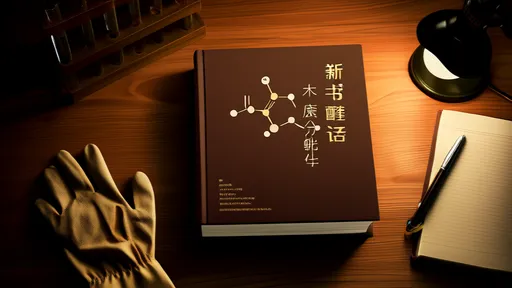
By /Aug 8, 2025
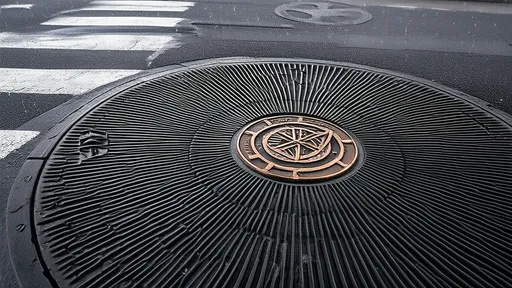
By /Aug 8, 2025
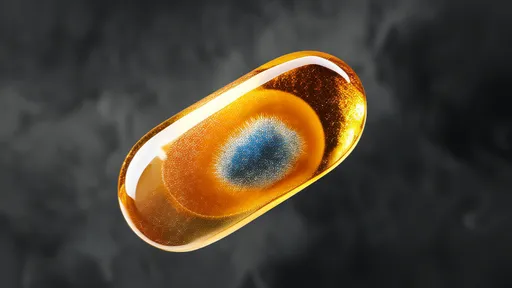
By /Aug 8, 2025

By /Aug 8, 2025
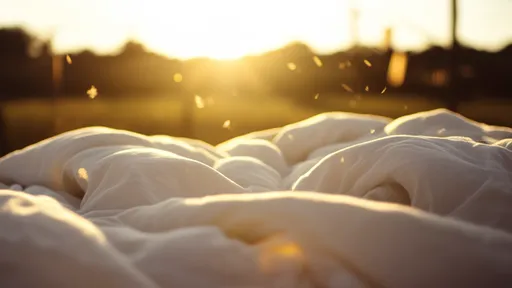
By /Aug 8, 2025

By /Aug 8, 2025

By /Aug 8, 2025

By /Aug 8, 2025

By /Aug 8, 2025

By /Aug 8, 2025

By /Aug 8, 2025

By /Aug 8, 2025
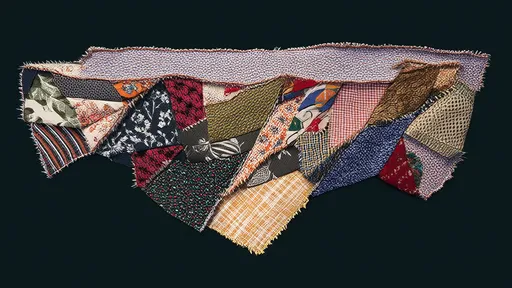
By /Aug 8, 2025
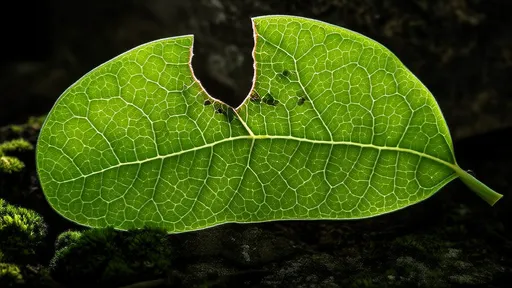
By /Aug 8, 2025

By /Aug 8, 2025

By /Aug 8, 2025